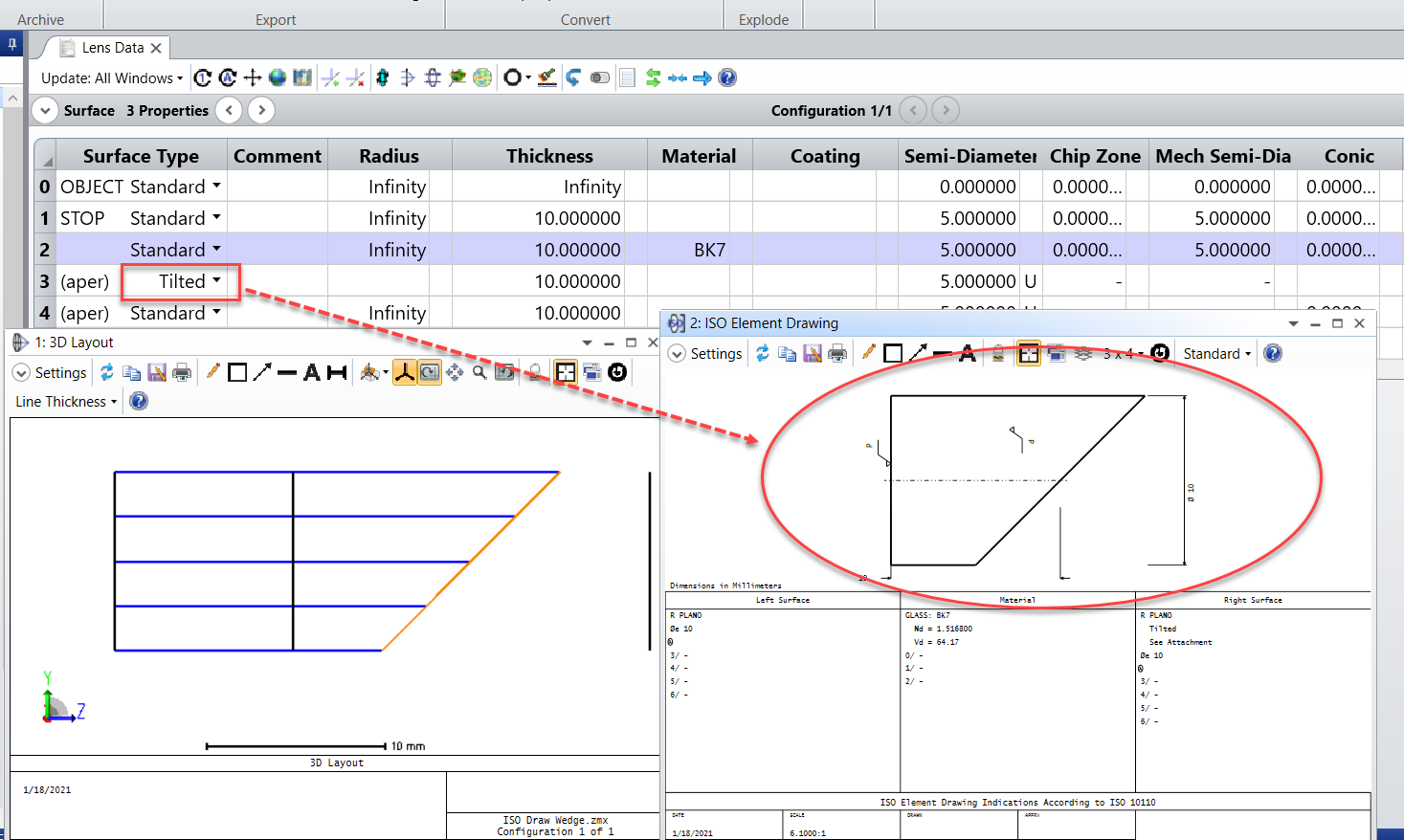Hello,
I would like use the ISO Element Drawing for wedges, prisms and other tilted surfaces but I don't discover the way.
It would be very useful to fullfil the specifications with LDE and TDE.
I can do it only with Standard Surfaces.
Anybody knows a procedure different than convert in CAD model and implementation in CAD software ?
Thanks
Edgard




